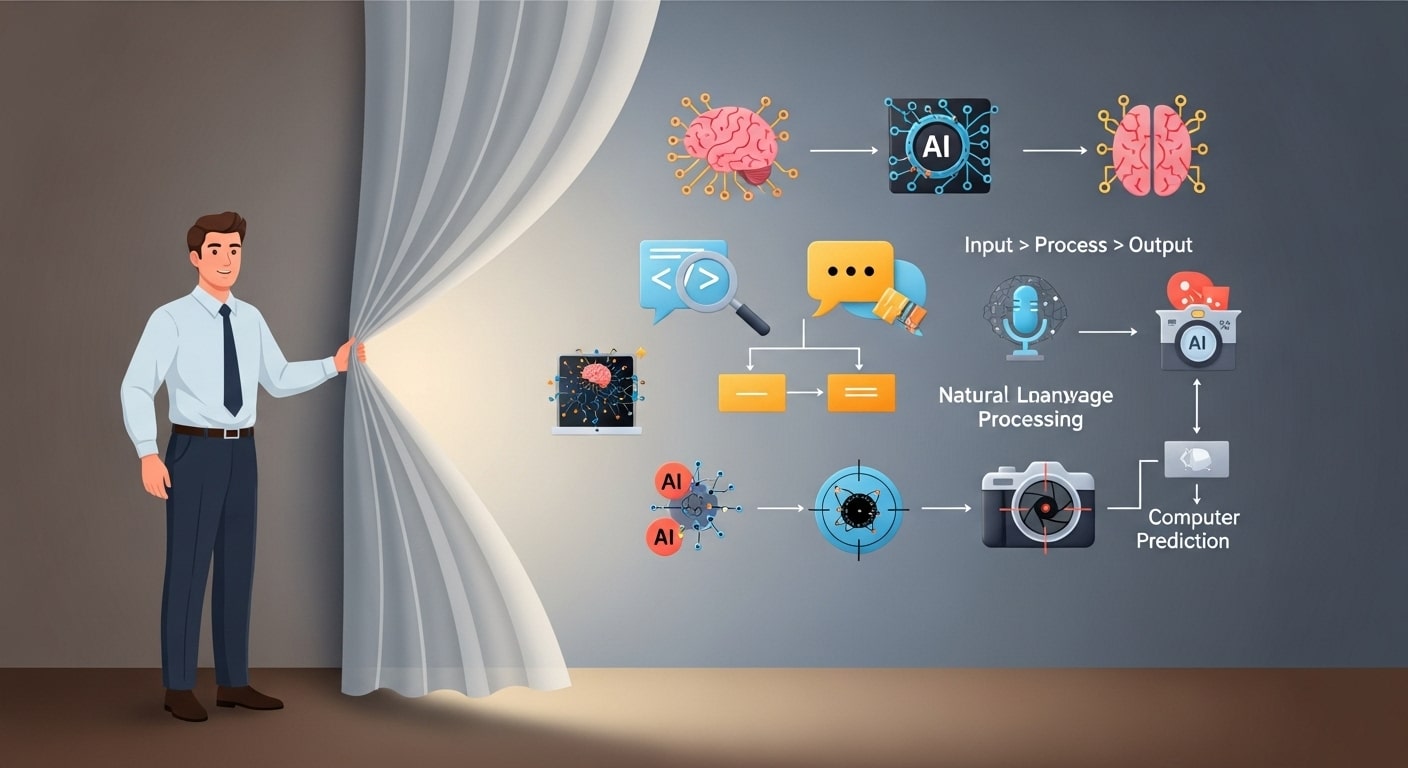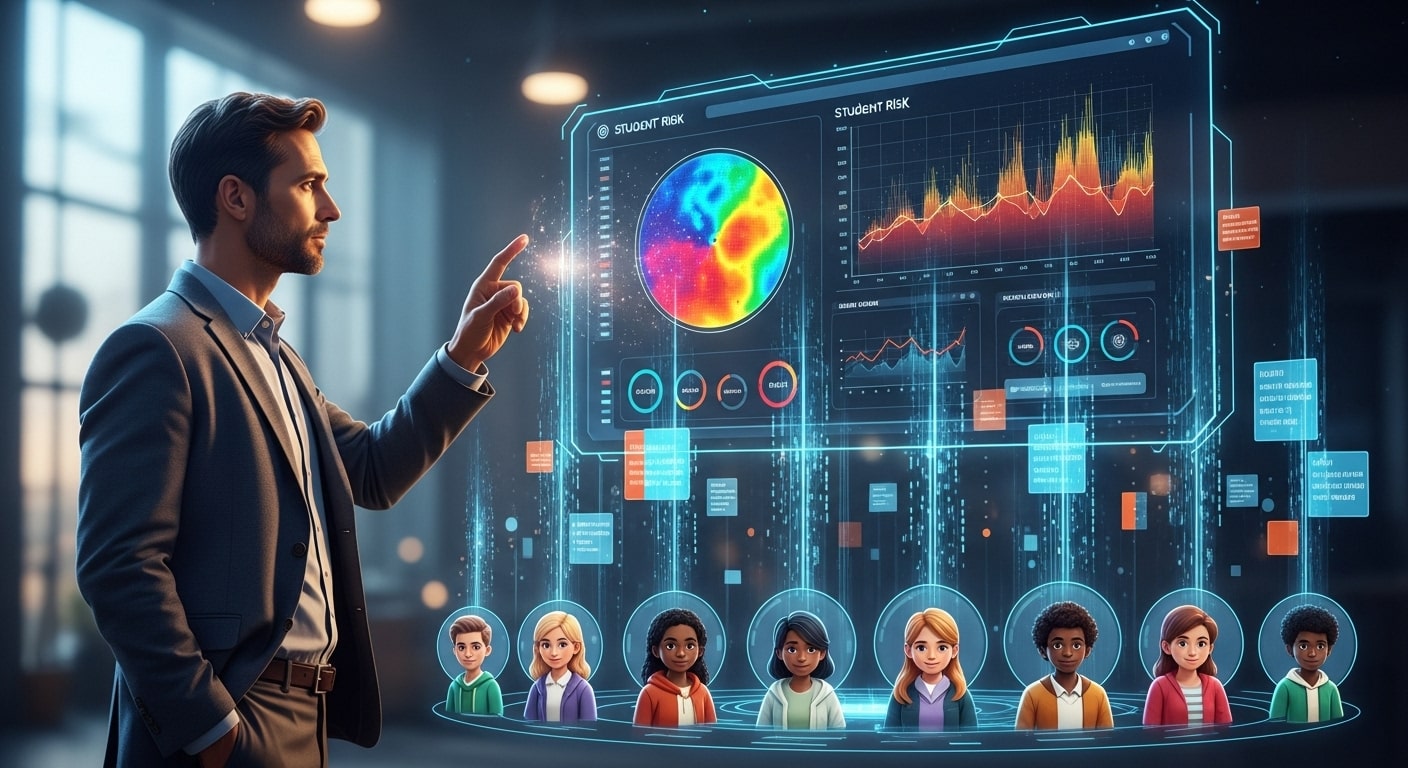The landscape of AI tools for education has expanded dramatically, offering powerful resources for teachers and students alike. However, understanding how these tools actually work can help educators use them more effectively and address common concerns. Let’s demystify the technology behind today’s educational AI.
How Educational AI Actually Works
Most AI tools in education operate through some combination of these core technologies:
Large Language Models (LLMs) form the foundation of tools like ChatGPT and many content generation platforms. These systems are trained on vast amounts of text data, learning patterns that allow them to predict what text should come next given a particular prompt. They don’t “understand” content in a human sense but can generate remarkably coherent and contextually appropriate responses.
Adaptive Learning Systems use algorithms that track student performance and adjust content difficulty accordingly. They analyze patterns in student responses to identify knowledge gaps and learning preferences, then modify the learning path to address individual needs.
Natural Language Processing (NLP) allows AI to analyze and generate human language. In education, this enables automated essay scoring, feedback on writing, language translation, and conversational tutoring.
Computer Vision helps AI interpret visual information, enabling tools that can analyze student-drawn diagrams, recognize handwriting, or create visual explanations from text descriptions.
Common Misconceptions Clarified
“AI will replace teachers”: AI tools handle specific, narrow tasks well but lack the holistic understanding, emotional intelligence, and ethical judgment that effective teaching requires. They’re designed to augment, not replace, human educators.
“AI always gives correct information”: AI can make factual errors or “hallucinate” information that sounds plausible but is incorrect. This happens because they’re predicting likely text patterns, not retrieving verified facts.
“AI understands what it’s saying”: Despite impressive outputs, today’s AI lacks true comprehension. It recognizes patterns rather than understanding concepts, which is why human oversight remains essential.
“AI is objective and unbiased”: AI systems reflect biases in their training data and design choices. Educational AI may perpetuate stereotypes or favor certain learning approaches unless specifically designed to address these issues.
Evaluating AI Tools for Your Classroom
When considering an AI tool for educational use, ask these key questions:
What specific educational need does it address? The best AI implementations solve real problems rather than simply adding technology.
How transparent is the system? Look for tools that explain their recommendations and allow teacher oversight.
What data does it collect and how is it protected? Ensure student privacy is maintained and data use is appropriate.
How does it handle diversity and inclusion? Consider whether the tool works equally well for all student populations.
What evidence supports its effectiveness? Look for research or case studies demonstrating positive educational outcomes.
Finding the Right Balance
The most effective approach to educational AI isn’t all-or-nothing but rather finding the right balance:
- Use AI for tasks where it excels: content generation, personalization at scale, immediate feedback, and data analysis
- Reserve human teaching for areas requiring judgment, emotional connection, ethical reasoning, and creative thinking
- Implement AI thoughtfully with clear purposes, appropriate boundaries, and ongoing evaluation
- Involve students in understanding how AI works and developing critical thinking about its outputs
By demystifying AI tools, educators can move beyond both hype and fear to make informed decisions about how these technologies can best support teaching and learning.
Want to learn more about implementing AI in your classroom? Check out our next article: “Beyond ChatGPT: Essential AI Tools for Educators in 2025.”




